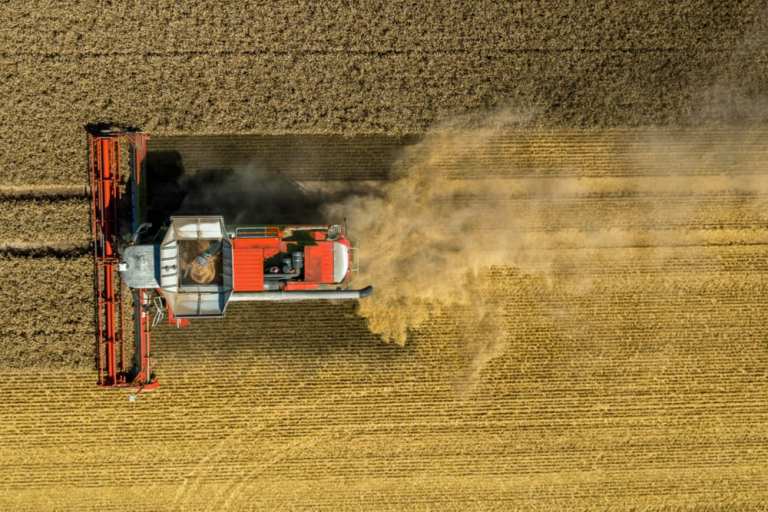
Robert Morris, founder and CEO of agricultural-imaging company TerrAvion Inc., is bringing modern technology to what’s perhaps the world’s oldest business — farming. All with the simple goal of helping farmers more precisely grow the food that consumers want to eat — and grocery stores want to buy.
“Agriculture is the original high-tech industry,” Morris told PYMNTS. “It has a 12,000-year history of adopting better and better technology to get more and more efficient. And it is continuing to do that.”
TerrAvion offers farmers one of the newest available innovations — a high-tech view of their fields from above, including data about what’s working with a crop and what needs improvement.
Using small planes and special sensors, the company creates aerial imagery from clients by subscription. Farmers receive things like thermal-imaging data that can keep track of a field’s moisture levels. Use cases include allowing clients to look over their drainage and irrigation infrastructure to make sure both are working correctly and effectively.
The company also provides another type of imagery called a “normalized difference vegetation index,” or “NDVI.” That measures a ratio of red to near-infrared light that sensors pick up when photographing fields. The higher the NDVI, the more chlorophyll in a farmer’s crops.
Photosynthetic activity and leaf area make NDVI values higher, and the two values are usually combined into a measure known as “vigor.” A field’s vigor at different points in a crop’s life cycle can show the effect of inputs ranging from fertilizer to seeds.
Such information can help farmers, who normally follow a pre-set procedure in growing food but often find that things don’t go according to plan.
“There is a recipe of when you’re going to plant, when you’re going to fertilize,” Morris said. “You have a good guess about when you’re going to spray for bugs and fungicide, and when you’re going to harvest.”
But he said weather can suddenly change in unexpected ways, or equipment “doesn’t do exactly what you thought it was going to do.” TerrAvion helps provide farmers with data to spot such problems and adjust.
“How do you know what’s going on?” Morris asked. “How do you know that the water wasn’t right last week and so you need to change the fertility this week after you’ve fixed the water?”
That’s not easy to do with traditional agricultural methods because modern farms are often large. For instance, many clients actively cultivate at least about two square miles of land. Keeping track of all of that acreage with traditional methods isn’t easy.
An Open-API Approach
Morris said TerrAvion takes an “open approach” to computer analytics. As part of that strategy, the company has partners that specialize in a particular use of its imagery.
As a result, TerrAvion can fill its systems with imagery of what’s currently happening on a farm down to individual plants or rows. For instance, one partner might create a fertilizer recommendation out of the available information.
“We don’t think we’re the only piece of data,” Morris said. “We’re a map that you can hang all your other insights on.”
He said such an open application programming interface (API) concept was pretty novel when TerrAvion was getting started, but he thinks agriculture companies are increasingly adopting the approach.
By contrast, some new technologies like 5G will have almost have no effect on agriculture. That’s because much of high-bandwidth technology is short-range and “wouldn’t even reach across a single farm field,” Morris said.
Few Pandemic Problems
TerrAvion hasn’t faced many pandemic-related challenges because many of its client grow commodity crops like corn, wheat, soy, cotton and canola — which farmers tend to plant in heavily rural states that haven’t done major shutdowns. He added that those crops also sell on “deep and liquid commodity markets” that haven’t faced any major pandemic-related disruptions.
But Morris said he has observed a greater impact on customers who grow specialty crops like potatoes or almonds. He said consumers are still eating those goods, but their habits have changed in ways that harm some TerrAvion clients, but not others.
“If you were in the business of selling salads to restaurants, you’re hurting,” Morris said. “But if you’re in the business of selling lettuce to grocery stores, you might be doing great.”